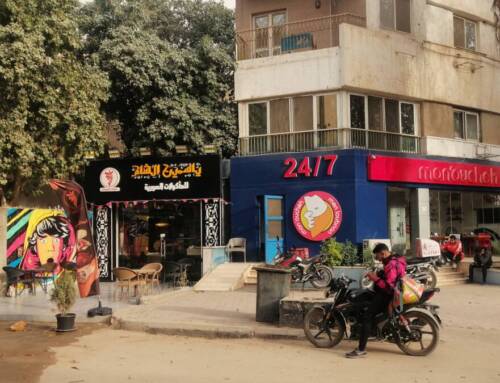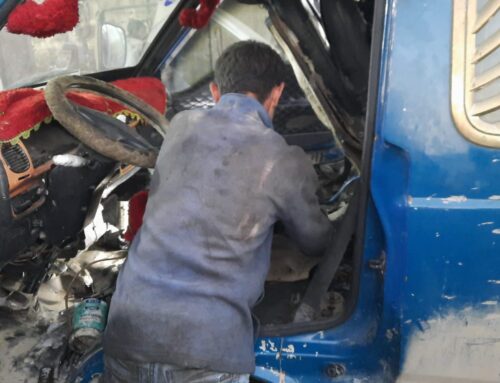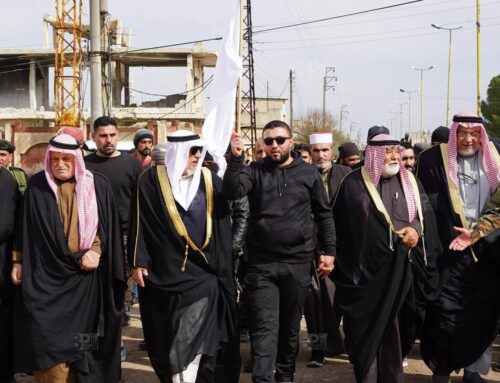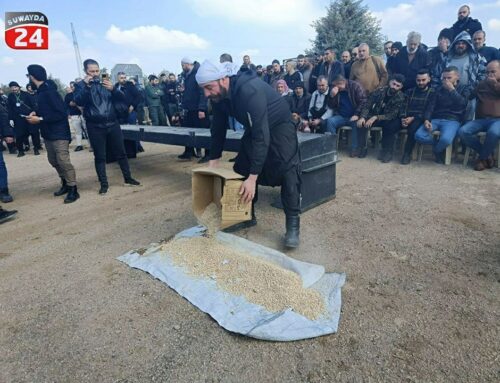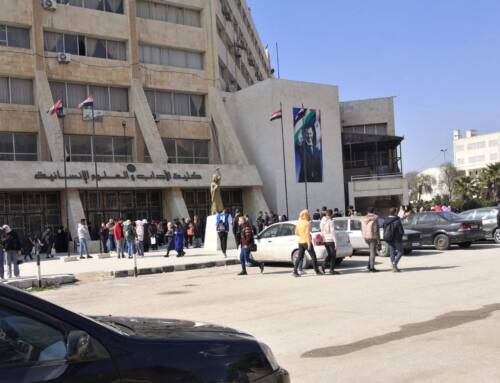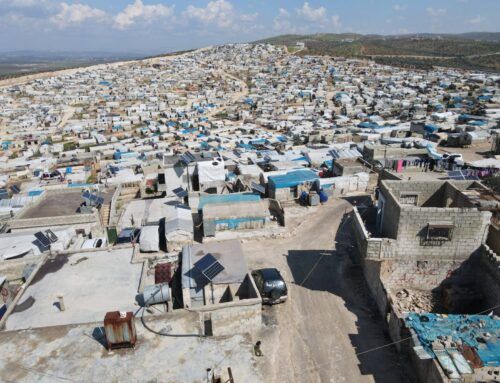A night flight from Krak des Chevaliers
June 5, 2014 Just a few years ago, Homs province’s […]
5 June 2014
June 5, 2014
Just a few years ago, Homs province’s Krak des Chevaliers, a looming, well-preserved Crusader castle, was regarded as one of Syria’s top tourist destinations, famed for warding off Saladin and his invading army in the 12th century.
As of mid-2013, two years after protests in Syria devolved into civil war, the UNESCO World Heritage Site had been mostly spared, remaining under the control of localized rebel groups who reportedly used it as a base.
In July 2013, shortly after the Syrian regime’s victory at al-Qusayr, its forces encircled the town, slowly tightening a blockade that deprived rebels of ammunition and, pro-opposition Syrians say, citizens of food.
As regime media warned of “terrorists” being harbored in the castle last July, opposition activists posted video of the Syrian regime using weapons Saladin never had – fixed-wing airplanes – to strike the fortress.

After nearly a year of encirclement and the loss of the neighboring village of a-Zara to regime forces, 350 rebels and local citizens decided to flee the town, leaving in the middle of the night in March and walking the eight kilometers south to Lebanon in a harried, overnight evacuation.
Below, a member of Krak’s local council under rebel rule who goes by the name Abu Mohammed recounts the night flight to Osama Abu Zeid.
Q: How did you get to Lebanon?
After making the decision to withdraw, everyone was told to leave on Thursday, March 20th, carrying only their personal weapon. About 35 families – women, children, the elderly – were present.
The goal was to avoid clashes, because the large number of people we had with us meant there would have been many casualties. There could be no noise from any child, otherwise our position would have been revealed to the shabiha.
A number of martyrs fell, and a number were injured. The greatest tragedy was that we had to leave the injured behind.
Q: What happened after the night flight?
Some people of Krak des Chevaliers – women, children, elderly – surrendered themselves at the checkpoints around [the town], and the majority of them disappeared.
As of now, there are more than 50 missing families since March 15th. We do not know anything about them. My wife and six-month-old daughter are among them.
Q: What were the circumstances of your wife and daughter’s arrest?
They left with a group of families to the Mar Jerjis checkpoint in the neighboring village of al-Mishtaya. When they reached the checkpoint, they were detained. The regime’s goal was to pressure the men to surrender themselves. We lost contact with them one day before the withdrawal, on March 19th.
We tried to call the Syrian Red Crescent, who was supervising the families’ departure. The official answer was that they had been delivered to the National Defense Forces in Homs.
After the rebels withdrew and Krak des Chevaliers was taken over by the regime, the families of Krak des Chevaliers tried to return to the town. The shabiha confronted them, saying the land did not belong to them anymore.
Q: There are rumors that Bashar Assad’s cousin, Rami Mahklouf, is seizing ownership of land in the Krak des Chevaliers area. Have you heard that?
After our withdrawal from Krak des Chevaliers, we have no source to confirm what is happening there. If Rami Makhlouf wanted to take the land, he would not notify us.
For more from Syria Direct, like us on Facebook or follow us on Twitter.


